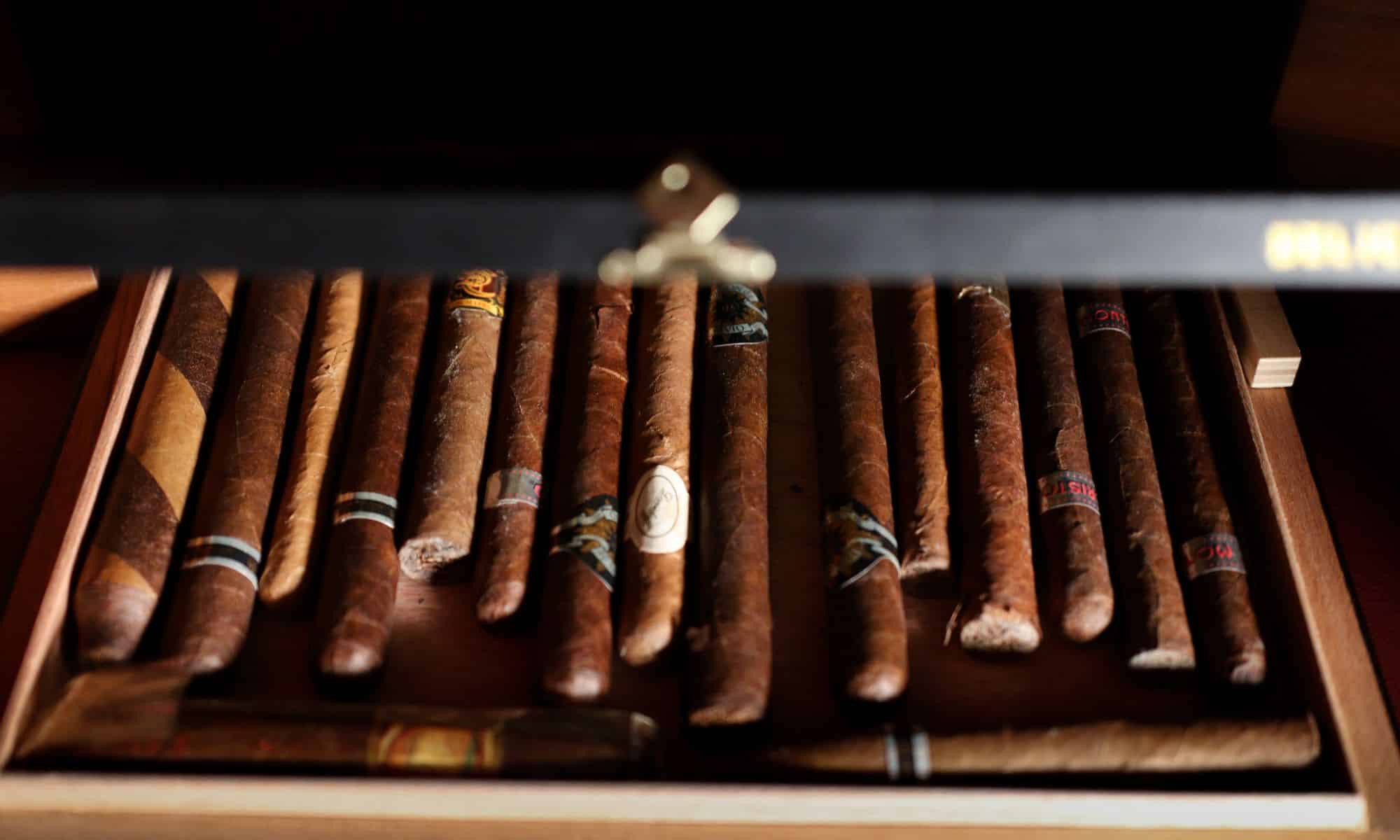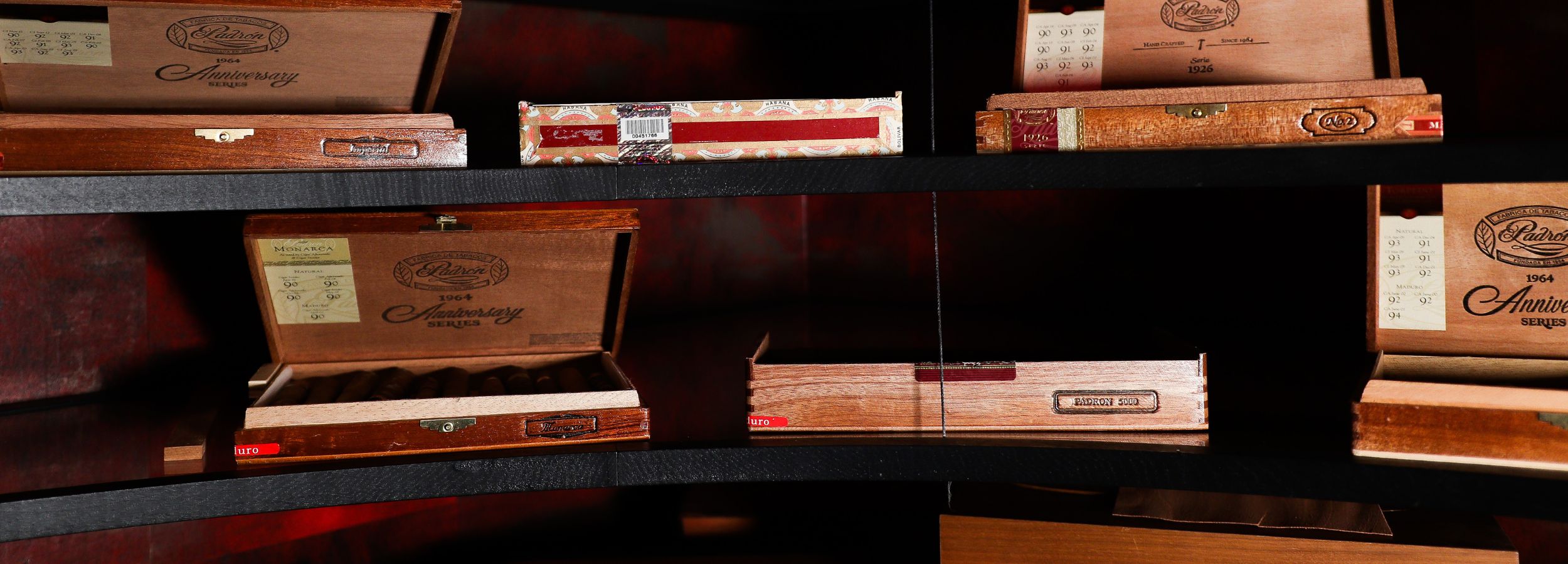Arturo Fuente, Partagás or Cohiba?
To savor the rich flavors and aromas of cigars, one must master the art of cigar preservation. In this post, we navigate the intricate world of humidors and explore the essential elements to cigar perfection.
Crafting the Optimal Humidor Environment
Preserving the quality of cigars demands a meticulous approach, and one critical factor is shielding them from light exposure, especially direct sunlight. It is highly recommended that walk-in humidors or cigar cabinets are designed without windows. This choice is twofold: firstly, windows can introduce the risk of air leakage, which could disrupt the carefully controlled humidity levels within the humidor. Secondly, sunlight streaming through windows can be detrimental to cigars, leading to fluctuations in temperature and ultimately degrading their quality.

Understanding Humidity’s Role in Cigar Preservation
High humidity levels, specifically above 72%, can be detrimental to cigars. At these levels, cigars start to perspire, and their wrappers develop an oily appearance. This excess moisture can cause cigars to expand, potentially rupturing their delicate wrappers. In extreme cases, mold might develop, posing a serious threat to the cigar’s integrity. Cigars stored in overly humid conditions often burn slower, necessitating frequent burn corrections and possible re-lighting. The flavor profile of these cigars is also negatively affected, resulting in an unpleasant taste.
Cigars stored in conditions with insufficient humidity face their own set of problems. They tend to burn quicker, are more prone to becoming brittle and cracking, and the lack of moisture can cause them to burn hotter. This excessive heat can destroy the intricate flavours of the cigar.

The Importance of Wood in Humidor Design
The careful selection of wood is not limited to the construction of humidor boxes. Every component, including racks, flooring, and other integral parts, must be chosen with equal care. The wood used for racks and flooring should be durable and resistant to moisture-related issues, such as warping or mold growth.
Spanish cedar, the primary choice for crafting humidors, stands out due to its unique properties. Contrary to what the name suggests, Spanish cedar is not actually cedar, nor does it originate from Spain. It is part of the Cedrela species, deciduous trees in the mahogany family, found primarily in West and South America. One of its key advantages is its near odorless, which is crucial in not overpowering the natural aromas of the cigars. Spanish cedar excels at humidity regulation and repelling tobacco beetles, making it ideal for maintaining the delicate balance required for cigar preservation.
The Impact of Resting Periods
A brief period of rest, ranging from a day to a week, can markedly enhance a cigar’s characteristics. Extended periods of storage, from months to years, can further improve the cigar’s quality. This improvement is due to the reduction of “barnyard aromas,” sharpness, and the resolution of draw-issues typically associated with cigars. Proper storage not only rids cigars of unwanted odors but also allows the wood of the humidor to positively influence the cigar’s aroma, contributing to a more refined and enjoyable smoking experience.
Key Technique for Optimal Cigar Preservation
Rotating cigars every few months ensures even humidity distribution, which is vital for consistent flavor and burn. This practice involves moving cigars from the bottom to the top and vice versa. Gentle handling is equally important to protect the cigars’ delicate wrappers. Using clean, dry hands or soft tongs prevents damage. These steps guarantee a uniformly matured and high-quality cigar for a superior smoking experience.